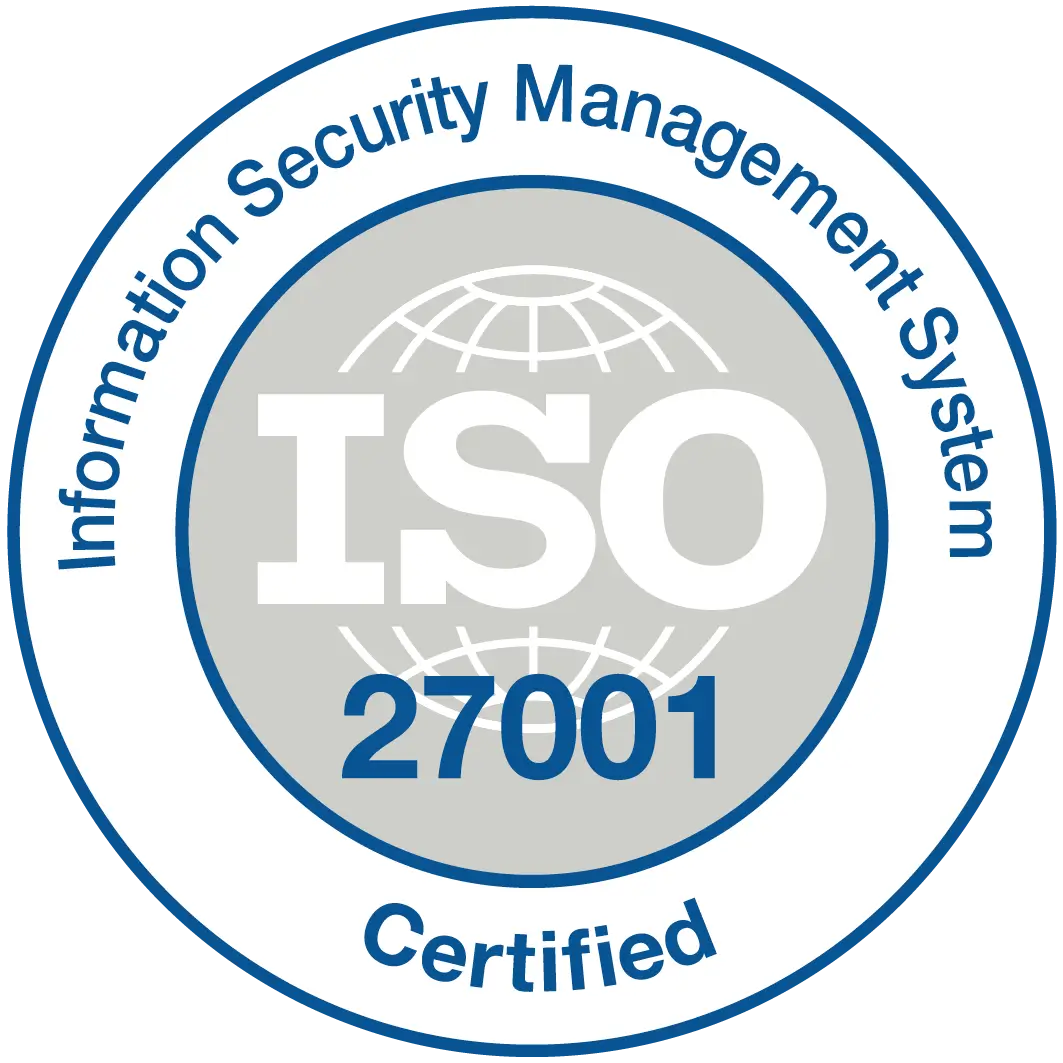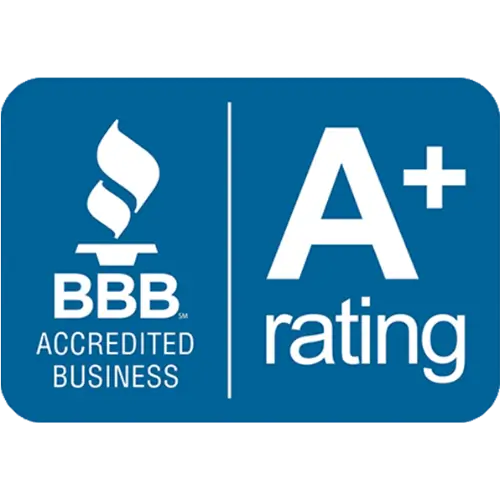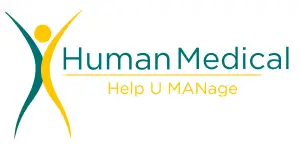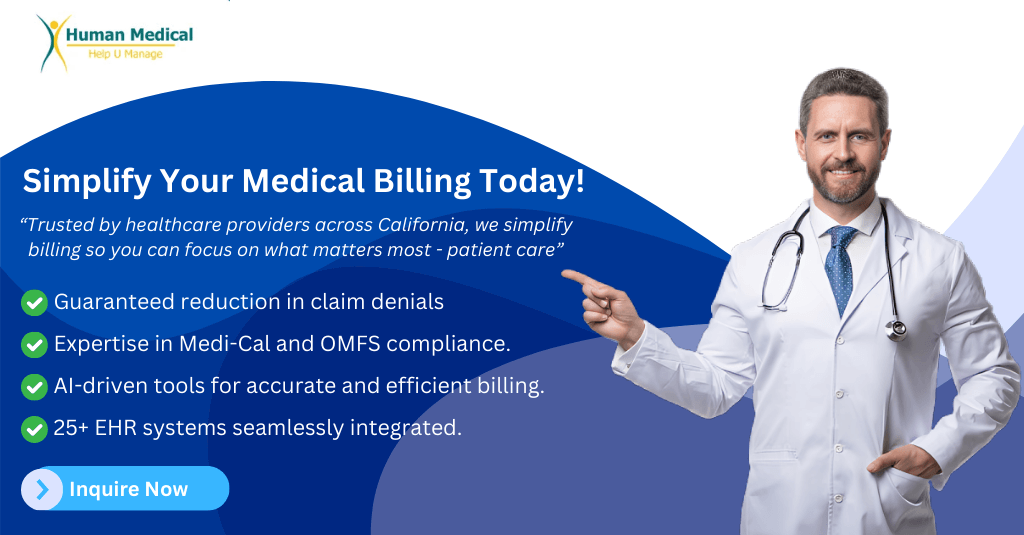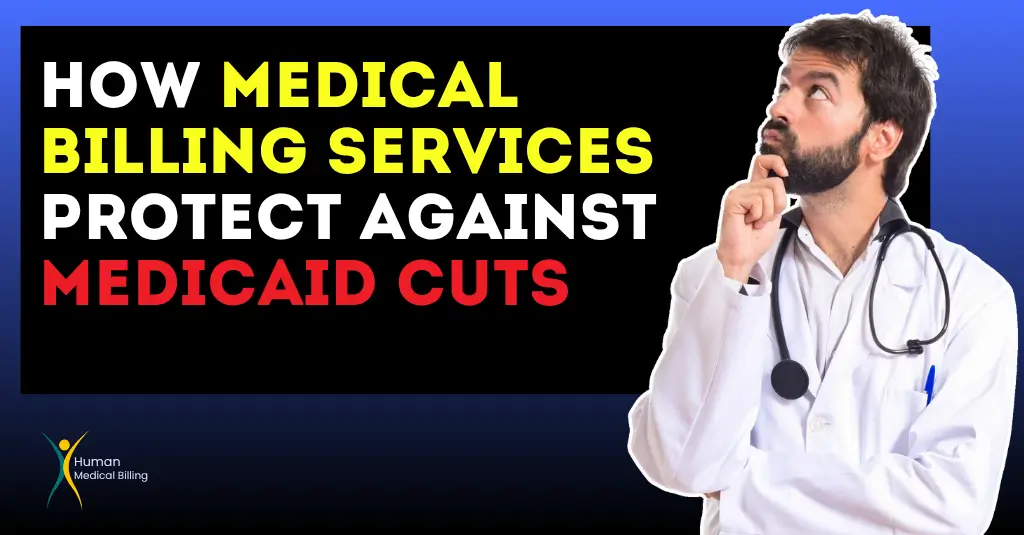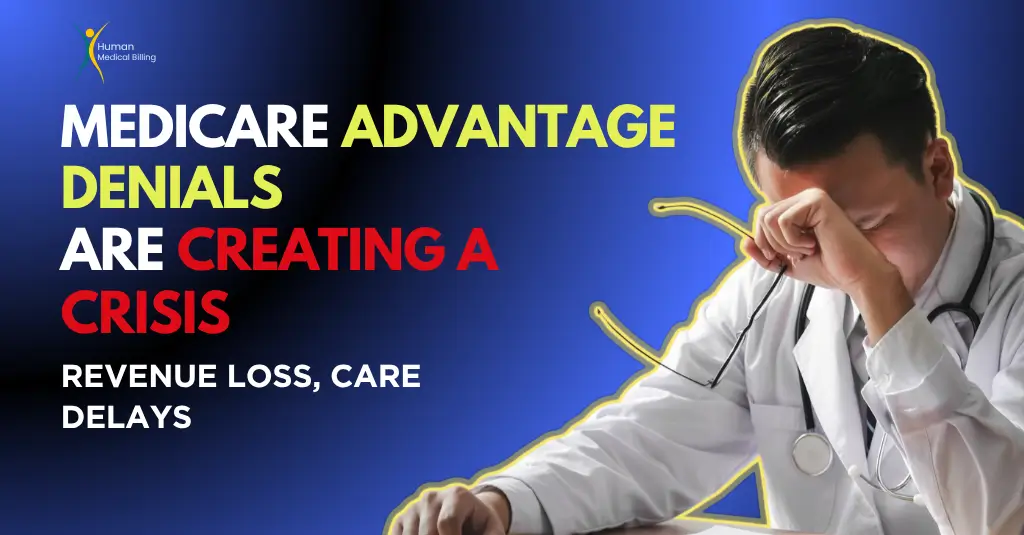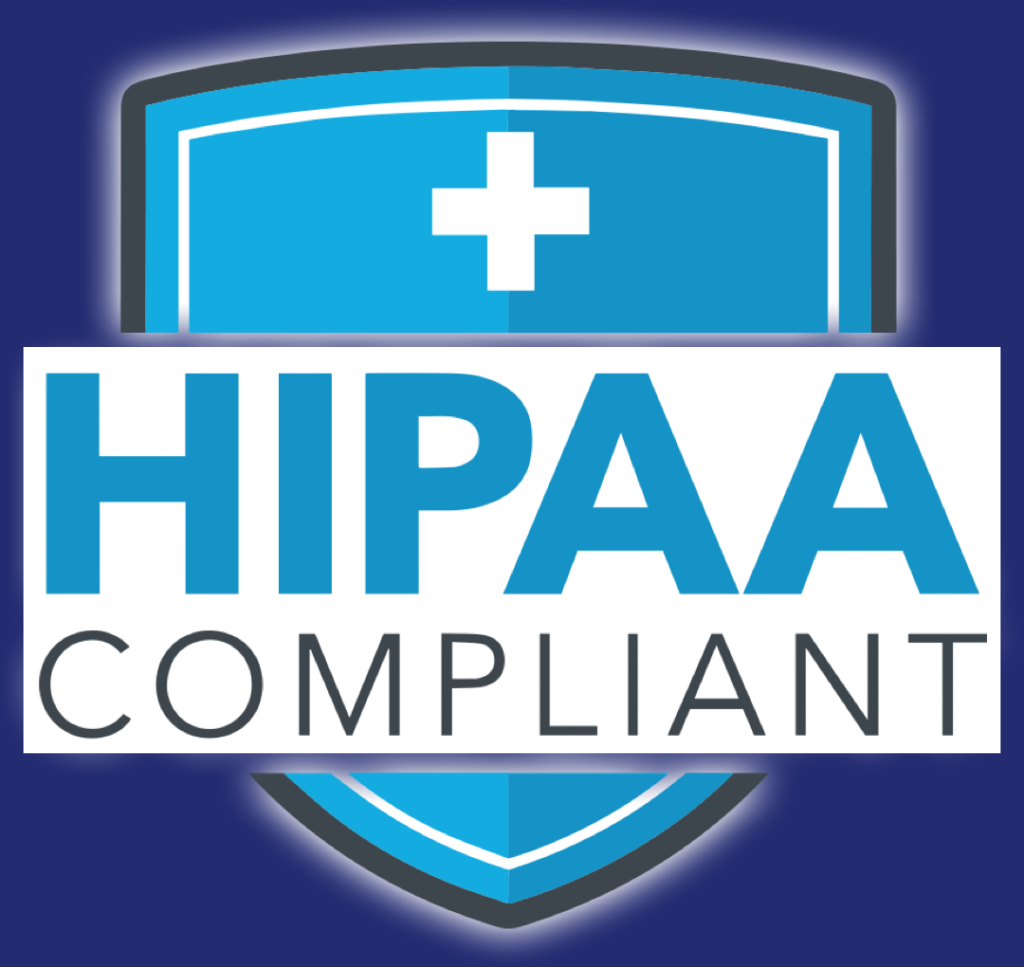If you go to the emergency room and get treated immediately, you can then get billed a much higher amount than you were expecting. Why is that? The physician who treated them was not under their plan. Out-of-network billing is a huge issue in medicine for physicians, nurses, and clinic owners.
It is highly crucial to understand this intricate process to keep your practice afloat and your patients satisfied. In this blog, we will describe out-of-network billing in simple terms, provide useful tips, and discuss how to succeed in this challenging vocation, utilizing the latest data from April 2025.
What is Out-of-Network Billing?
If you dine at a restaurant that is not within your meal discount program, you can dine there but pay more money to do so than you would pay if you were to dine at a restaurant within your program.
This is referred to as out-of-network billing. This occurs when a healthcare provider, such as a doctor or nurse, treats a patient but does not have an agreement with the patient’s insurance company.
The insurance might pay for some of it, but the patient generally pays the remaining amount and can add up very quickly. The Centers for Medicare & Medicaid Services (CMS), updated on March 15, 2025, explains that out-of-network doctors have not negotiated their fees with the insurers, so patients pay more.
In-Network and Out-of-Network: How Do They Compare?
In-network providers are like the stores you visit and receive a discount since they have a contract with the insurance company to pay them less.
Out-of-network providers are like average stores – no contract, no discount. They charge exorbitant fees, which may be more lucrative but also inflate patients payments.
Healthcare.gov, updated March 20, 2025, says in-network care costs less, and out-of-network care provides patients more flexibility among providers at an additional cost.
Critical Steps to Accurately Manage Out-of-Network Charges

To be successful with out-of-network billing, remember the following five steps:
1. Inform Patients in Advance: Imagine a waiter informing you about a pricey dish that is not part of the special menu. When you encounter patients, inform them that you are not part of their network and provide them with an estimate. Honesty gives them the opportunity to make a good choice and believe in you.
2. Check Insurance First: First, check the patient’s insurance. It is similar to checking whether a coupon is valid at a store. Be sure to check their out-of-network benefits so you will avoid surprise bills in the future.
3. File Claims Correctly: It’s like homework—you have to be very careful and accurate. File patient details, diagnosis codes, and history of treatment to get reimbursed on time.
4. Negotiate with Insurers: Sometimes, you can negotiate with insurers on lower rates, if your service is unique or in demand. It is like selling a discount on a marketplace.
5. Speak to Patients: Continue to speak with patients about their bills. Respond quickly, much like a courteous store clerk, to put them at ease.
Overcoming Out-of-Network Billing Barriers
Out-of-network billing is complicated. Here is how you handle the worst of it:
- Dealing with Denials of Claims: Insurance can deny your claim, but do not give up. It’s like requesting an A grade – ask why it was denied, collect evidence such as medical reports, and persist. CMS data indicate that most denials can be resolved with powerful appeals.
- Learning Billing Rules: Balancing billing is charging patients the additional amount their insurance did not cover. It is prohibited in certain states. For instance, the No Surprises Act was changed on March 10, 2025, to prohibit it in emergency situations. Ensure you verify your state’s law so that you remain within the parameters.
- Assisting Patients to Understand Fees: Patients may be concerned about large bills that they never anticipated. Sit down with them, explain the fees as you would the math problem, and offer payment plans if necessary.
- Simplifying Paperwork: Billing is time-consuming. If it is causing you a headache, consider getting a billing professional to help you.
Tips for Coping with Out-of-Network Billing
Want to streamline out-of-network billing and profit from it? Use these five tricks:
1. Design a Simple Billing System: Design a simple, easy to understand rulebook for out-of-network patients. Post it and share it with your staff and patients so that they are all on the same page.
2. Leverage Smart Tech: Programs such as electronic claim systems or patient apps work similarly to calculators for math faster and with fewer errors. Based on the American Medical Association (AMA), updated March 28, 2025, technology can reduce billing errors by 30%.
3. Stay Ahead of Regulations: Medical regulations are constantly changing. Stay current on reading updates similar to staying current on the weather so you never get caught off guard.
4. Train Your Staff: Train your staff regarding billing when out of network. A trained team works in sync everything works better.
5. Watch Your Numbers: Track such as how often claims are denied or how long it takes to pay out. It’s your grade card for billing – fix what needs fixing.
Is Out-of-Network Billing Authorized
It is legal but there are regulations specifically balance billing. The No Surprises Act, signed into law and updated with fresh data on March 10, 2025, protects patients against surprise out-of-network bills in emergency care or at in-network facilities. You can still charge your fees, but federal and state laws can limit what patients have to pay. Be careful to observe these regulations to safeguard your practice.
How to Get Better Rates
Making insurance companies pay out more isn’t magic – it’s a strategy. Here’s how:
1. Understand the Market: Discover what others are charging for your type of service in your area – like comparing prices before you purchase something costly. This gives you a good reference point.
2. Prove Your Value: Tell them why you’re worth it. Perhaps you have information or you do something differently. It’s as if you are explaining to a manager why you deserve a salary increase.
Why Credentialing Matters
Even if you’re out-of-network, staying current on credentials is essential. It’s like having a current driver’s license – it demonstrates you’re legitimate. Current credentials can back up your payment claims and assist with compliance. The AMA, last updated March 28, 2025, says that credentials can boost payment chances by 15%.
Tech Tools Redefining Billing
Technology is improving out-of-network billing. Electronic health records (EHRs) catch errors before claims are sent out, just like spell-check on your paper. Patient portals allow individuals to view and pay bills online, which is convenient for everyone. Even artificial intelligence (AI) can identify claims that may be denied, so you can correct them first. A March 30, 2025, NIH report states AI reduces denial rates by as much as 20%.
What's New with Out-of-Network Billing?
The future is coming fast. Prepare for more pressure to post prices prominently – patients must be able to see how much something will cost before they purchase it, similar to reading a menu before ordering.
Value-based care, where you get paid for outcomes, not necessarily services, is increasing too. Stricter regulations, such as those in the No Surprises Act, will continue to influence how you bill. Prepare for these changes to remain ahead.
Wrapping It Up
Billing out-of-network providers is difficult, but you can figure it out. If you learn the fundamentals, are persistent, and have good advice, you can build a thriving practice and make your patients satisfied. It’s not about the money – it’s trust and care. With good plans, you can make this difficult process work well for everyone.
